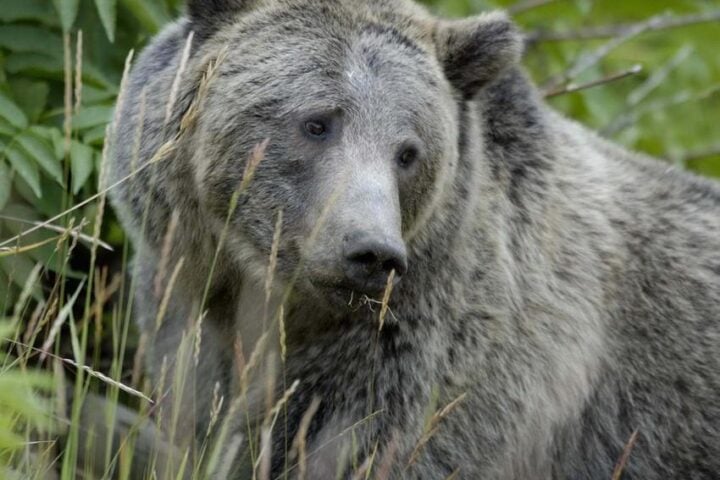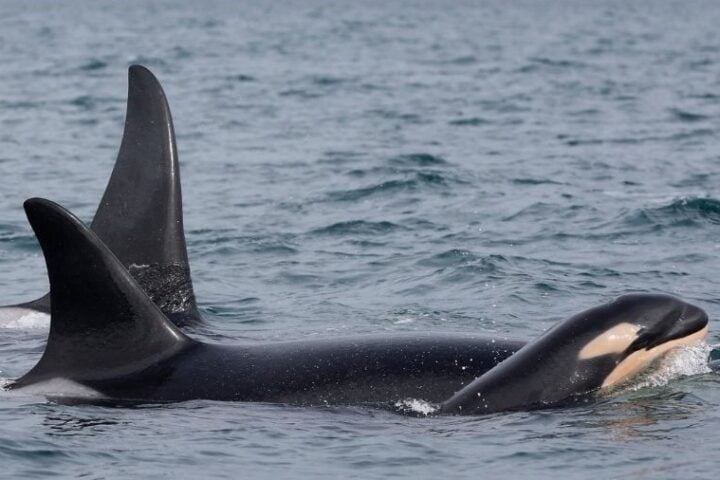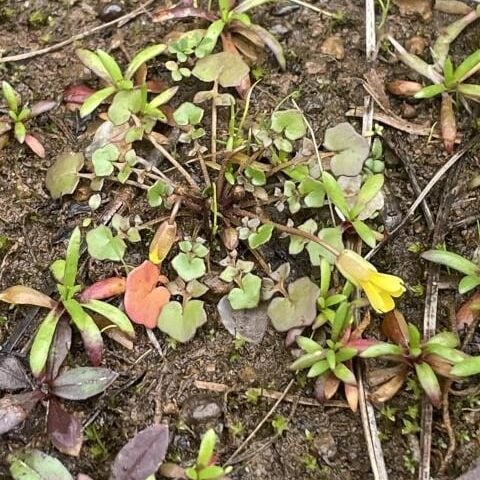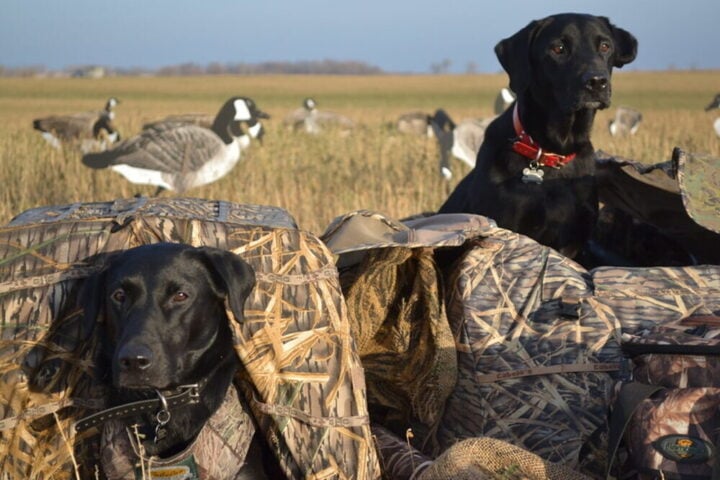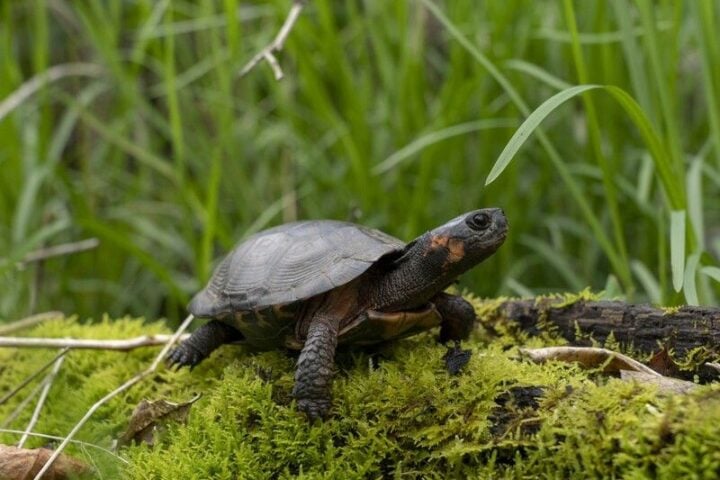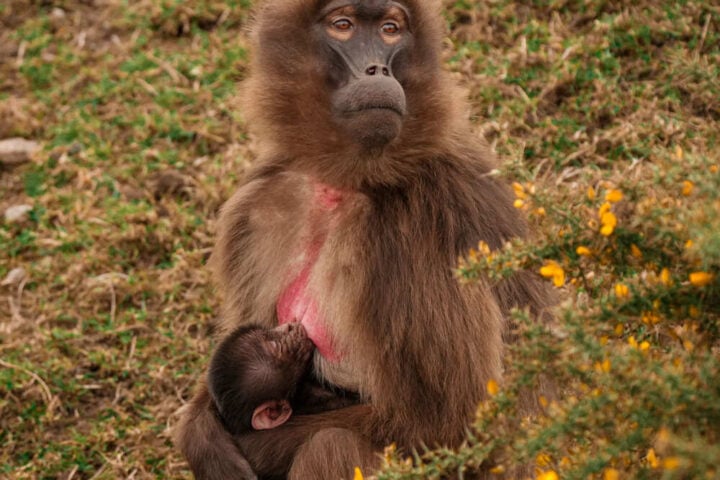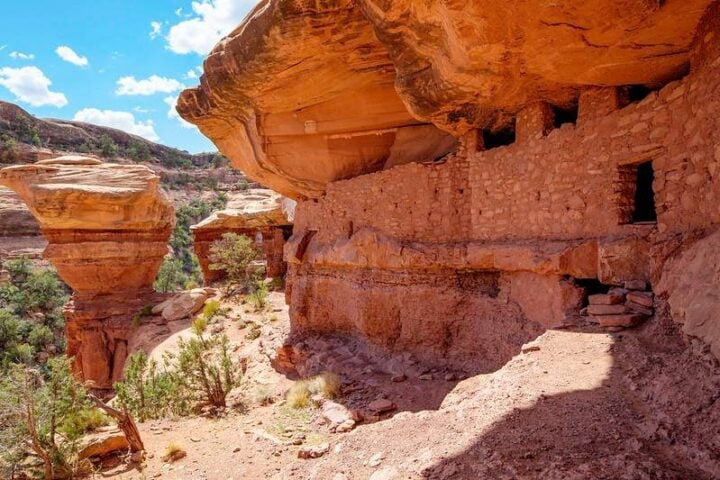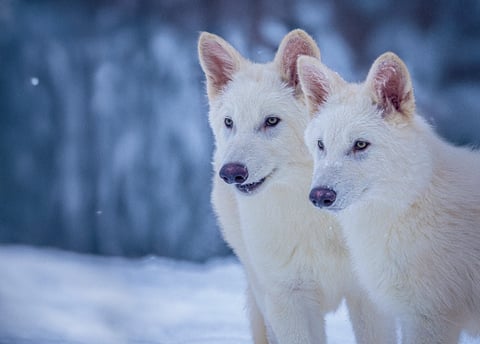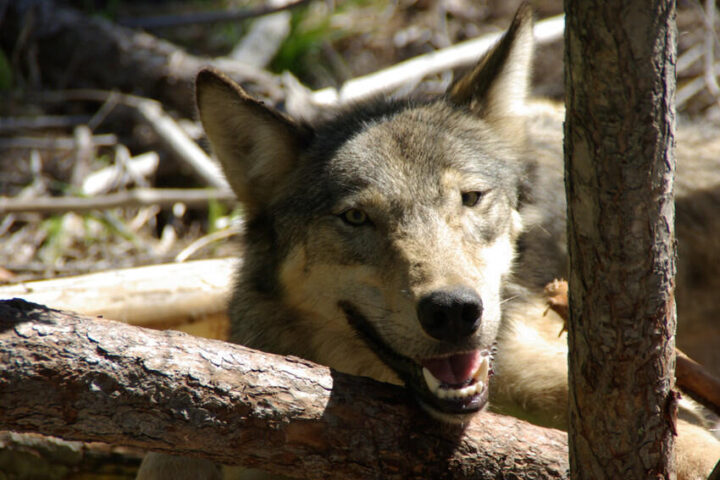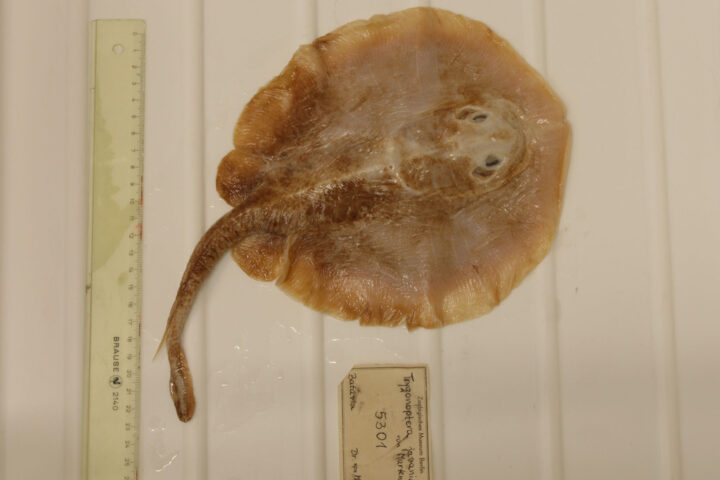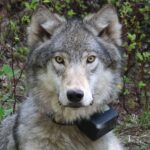Recent counting efforts at Kazakhstan’s Altyn-Emel National Park found more than 9,000 rare animals living in the protected area. The count brings good news: 5,500 goitered gazelles, 3,600 wild donkeys (known as kulans), and 190 wild sheep (called argali) are thriving in the park.
To get these numbers, 140 wildlife experts split into seven teams. They watched the animals directly and studied their footprints in good weather when visibility was clear. This careful approach helps ensure accurate results.
The growing numbers of these grass-eating animals mean experts can now move some to other protected areas where they once lived naturally. Last year, they successfully moved 87 kulans to three different nature reserves: Altyn Dala, Ile-Balkhash, and Sozak.
Moving wild animals isn’t simple. Albert Salemgareyev, who works as a senior expert at Kazakhstan’s Biodiversity Conservation Association (ACBK), explains their solution: “We learned from South Africa’s animal transport experts. They showed us how to design special containers that work well for moving zebras, which are similar to our kulans.”
The ACBK started moving kulans by airplane in 2017. While planes were fast, they could only carry a few animals at a time. Now, ground transport allows them to move larger groups together, which helps support the expansion of reintroduction programs.
Similar Posts
These animal counts do more than just track numbers. They show whether conservation efforts are working and help experts decide where to focus their work next. When these animals return to their old habitats, they help keep the grasslands healthy by grazing and moving across the landscape.
The Wild Ungulate Reintroduction Center supports returning these animals to the wild. This center helps protect these species and ensures they can survive in their natural homes.
This work matters because each animal plays an important role in Kazakhstan’s natural spaces. The growing numbers show progress, but experts continue watching and working to protect these animals for the future.
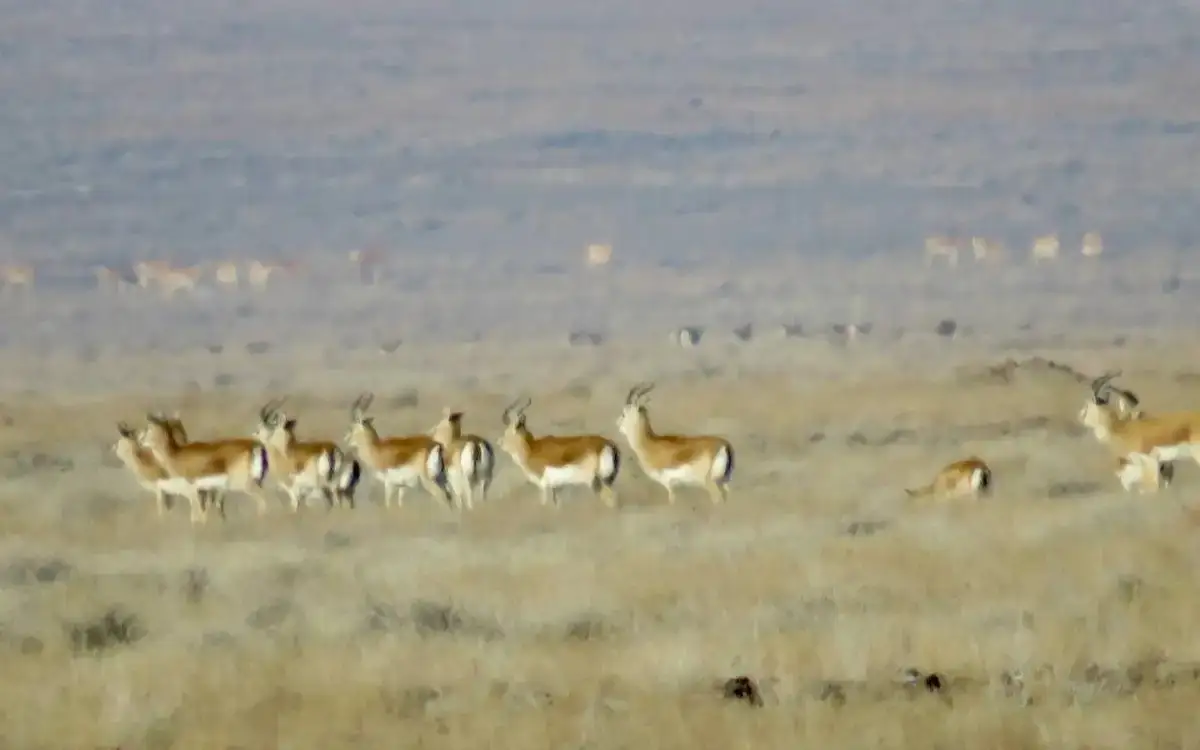
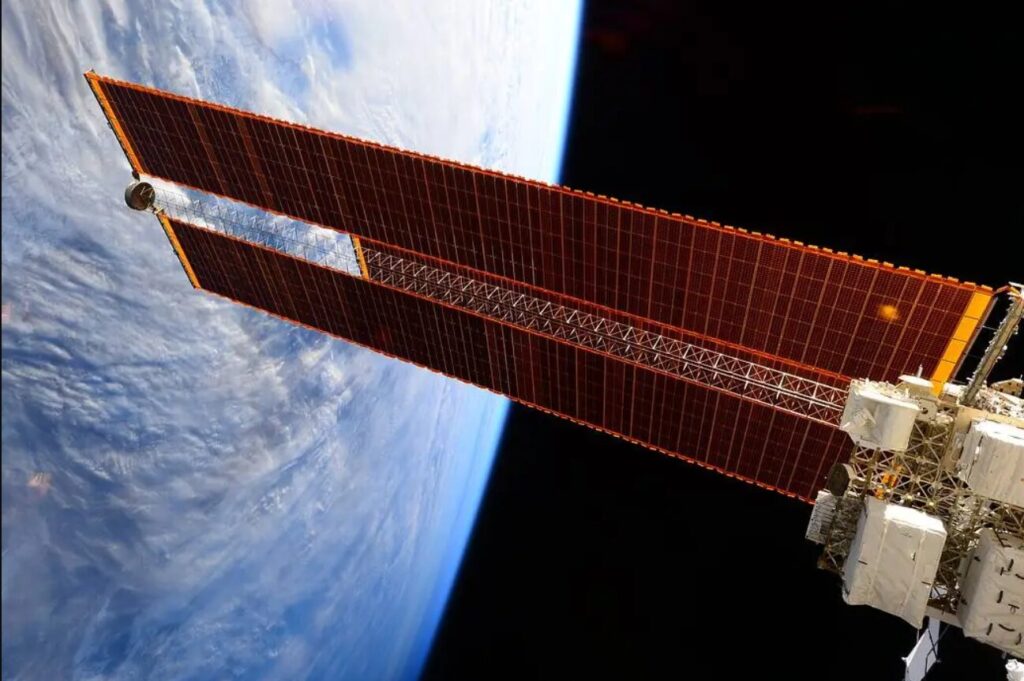
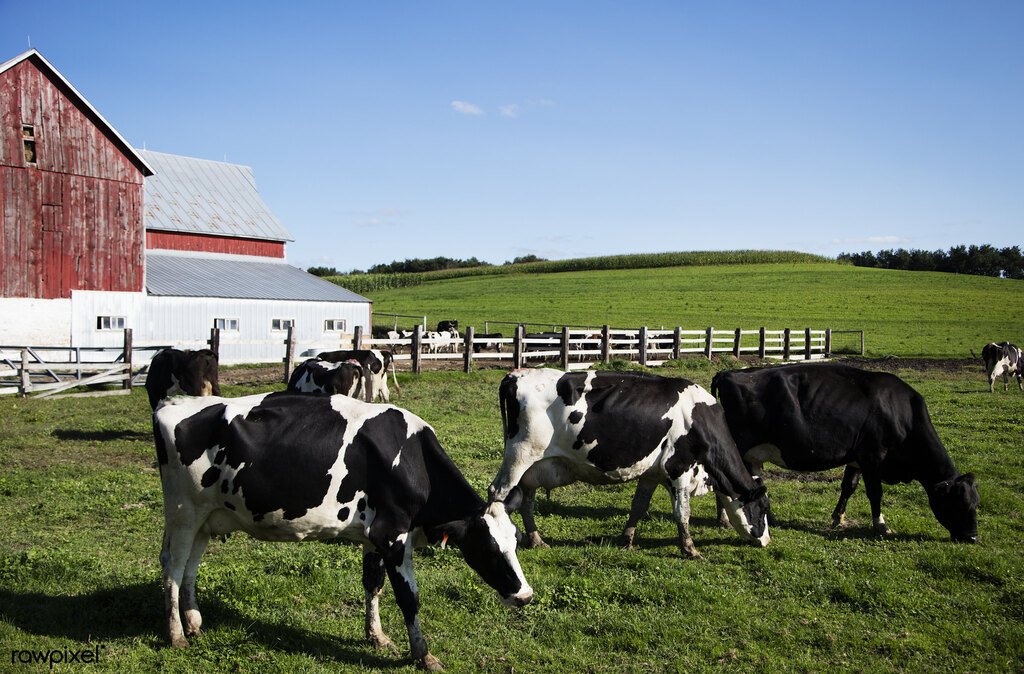
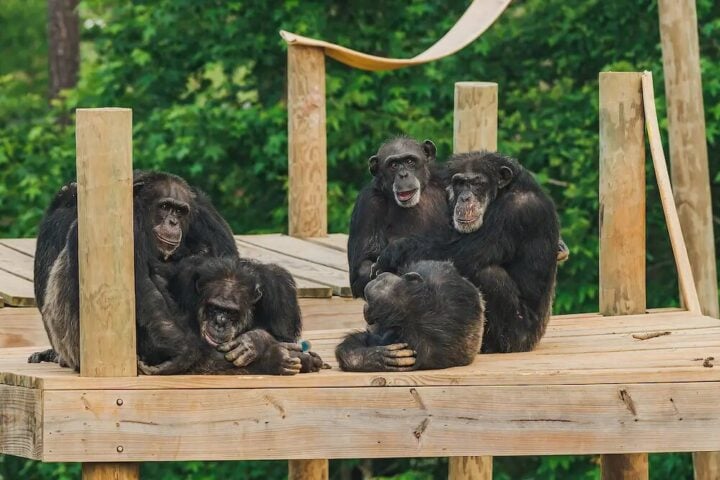
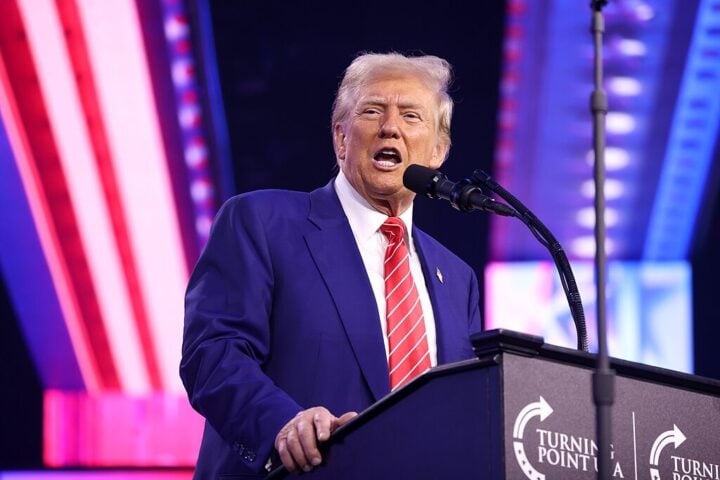
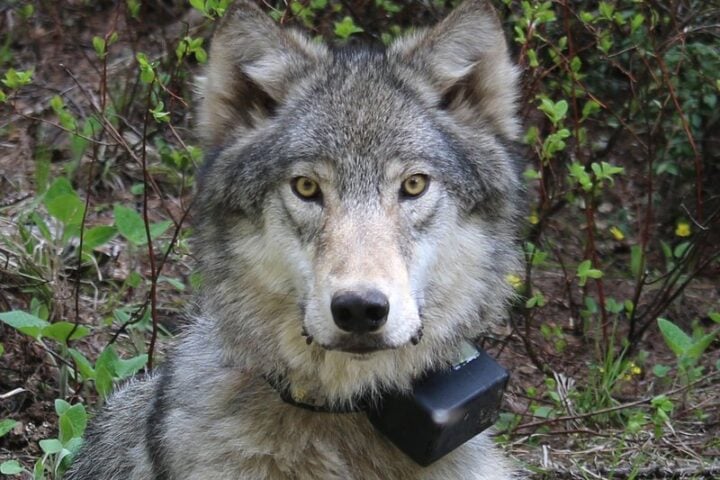
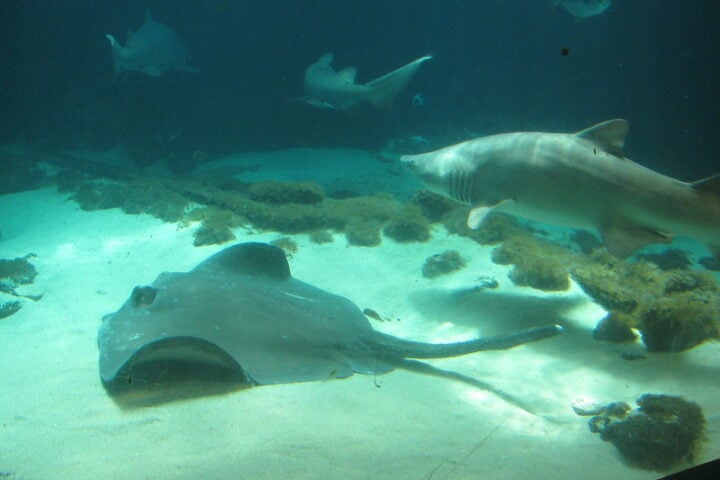
![Representative Image: European Starling [49/366]. Photo Source: Tim Sackton (CC BY-SA 2.0)](https://www.karmactive.com/wp-content/uploads/2025/04/Starlings-Drop-82-in-UK-Gardens-as-Birdwatch-2025-Reveals-Record-Low-Count-Since-1979-720x480.jpg)
